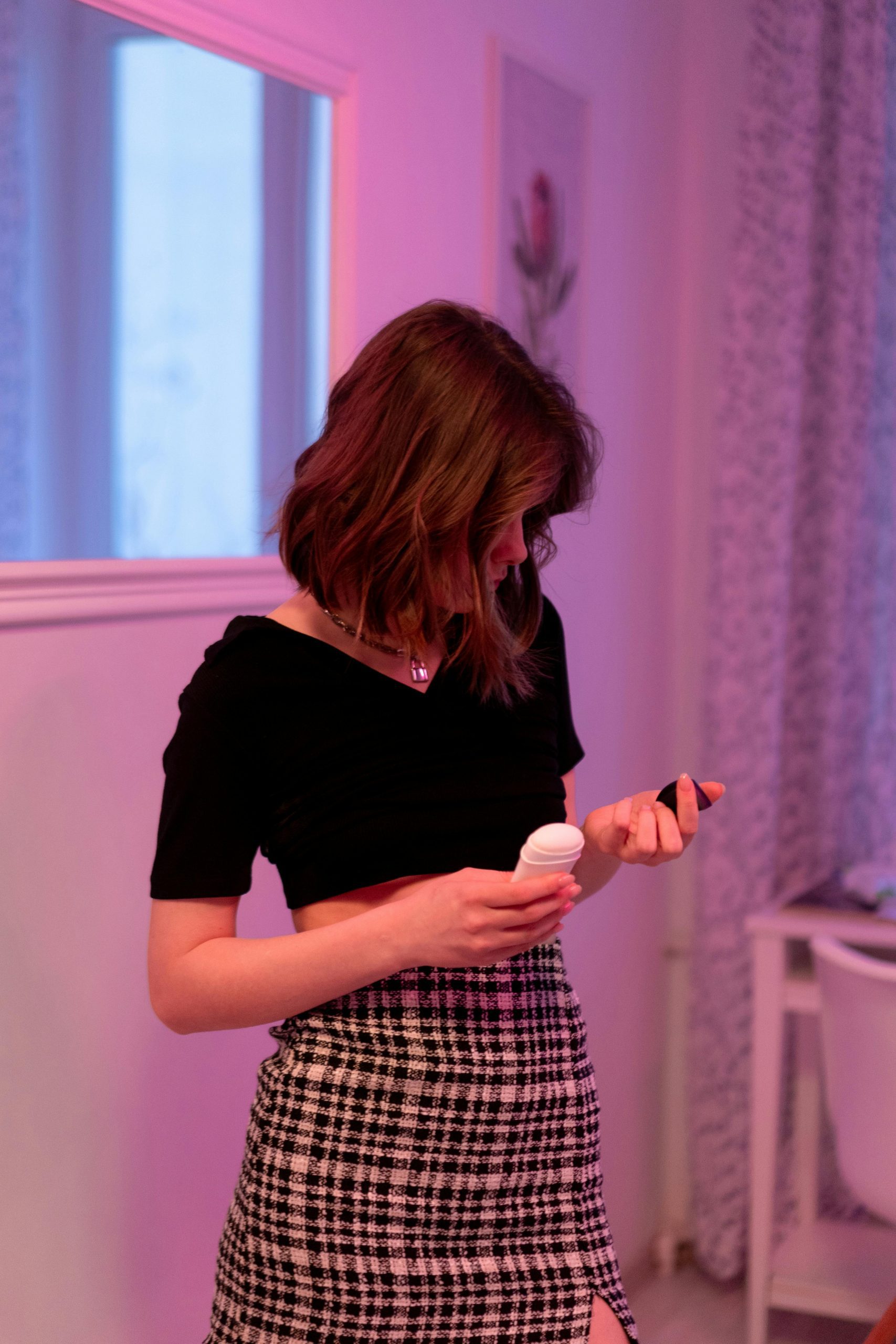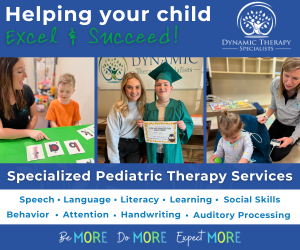Five Reasons Kids Under 10 Need to See Inside Out 2
My family loves Riley Andersen, her emotions, and the journey through her interior world as she adjusts to a new environment when her family moves from Minnesota to San Francisco. So we’ve put Inside Out on regular rotation in the past few months, getting ready for the sequel’s release.
We’ve also watched “Riley’s First Date?” a Pixar “bridge” short from 2015 and charming addition to the story. In it, we see a boy arrive at the Andersen’s house, to go skating with Riley and her friends. It’s another new landscape, and not just for Riley – the 5-minute delight gives glimpses into Riley’s parents’ minds as they grapple with the idea of their little girl beginning the world of dating. The audience sees the inner dialogues within each member of the Andersen family, and Riley’s “date?” as they express themselves in conflict and combination. The wary appreciation between Dad and Date? – and yes, it’s the blank-stared sk8r boi from the very end of Inside Out #1 – becomes enthusiastic as they bond over music. If you haven’t seen “Riley’s First Date?” please do.
Watching “Riley’s First Date?” helped prepare our family for Inside Out 2, so we weren’t completely in the weeds when it came to Riley’s adolescent changes. The short laid the groundwork for the sequel to show Riley’s friends’ minds, too, and to give even more airtime to her parents’ emotions. I think it also helped our 10-year-old boy make the connection between child-Riley and newly-minted-teenager-Riley, confronted with bodily changes and sudden emotional surges she doesn’t understand.
So even though our two boys are 3 and 5 years away from the “witching hour” of puberty, I include Inside Out 2 in the list of best movies for our family to keep on rotation.
Here are five reasons kids 10 and under need to see Inside Out 2 ::
5. Adaptability.
The movie deals head-on with kids’ need to adapt to different circumstances as they grow up and change. My own children are 8 and 10 years old, and we’ve travelled both within the USA and internationally. They’ve had to recalibrate their expectations of how to act in public, what language to hear and/or use, and what our daily routine looks like. My family’s situation is, well, weird, and not every child 10 and under has to learn “hello” or “please/thank you” in 3-4 languages, or go from a single-family house to a 2-bedroom apartment in another country.

But I reckon most kids have family they go visit at some point, who live in different houses or cities or circumstances; and have to wake up in different beds, say “hey” to different people in the morning, miss days of school or go to a different church at the weekend. They visit Maw-Maw or Parrain and adjust to different sets of rules in other houses, different places and ways to play, different food, maybe even different kids if the cousins are also in town.
Even if kids are super adaptable, extreme routine-changes might bring up feelings they can’t identify. One of the subplots in Riley’s adolescent journey is the fact that Joy has been sending certain kinds of feelings to the back of the mind – a faraway space where imperfect memories go, so they don’t trouble the positive self-image Joy has been cultivating since Riley was a child.
4. Compassion for others.
Riley feels herself pulled between two different groups – one made up of longtime friends, the other including older, “cooler” kids she aspires to join. So she tries to navigate loyalty to her old friends alongside her ambition and desire to fit in with new friends. And, beyond her own feelings, she has to manage the emotions of peers she has bonded with and trusted, whose emotional realities she knows. Learning compassion for other people’s feelings is a huge step in a kid’s emotional development. Inside Out 2 shows Riley pushing compassion to the side in favor of social status, then facing emotional fallout and a dawning appreciation of her friends’ feelings. She moves away from a self-assured confidence that her feelings will always steer her toward being a good person; instead, she faces an uncertain emotional continuity that includes self-doubt and the realization that her friends have their own emotional realities and reactions that don’t match her own.
Identifying parts of the self in relationship to others is a psychological process known as “object relations theory.” An child’s first “object” is a parent, or the child’s image of their parent. Little by little the child comes to identify how things create their inner reality (so: the breast that feeds them as an infant provides nourishment; a favorite blanket or stuffy gives comfort; and joy, anger, etc., help them relate the presence or absence, certainty or uncertainty of different “objects” to their own feelings). Through developmental milestones, the child (ideally) comes to understand themselves in relation to the world of “objects,” and to understand that other people around them also have this kind of inner reality, too; and that understanding leads to empathy and compassion.
Riley’s sense of self as a child – Joy shows us – is predominantly positive, self-congratulatory even (“I am a good friend”). And as she enters puberty, the structure of that sense of self begins to falter. It is important for pre-teens (and pre-tweens) to see that this process is normal and does not have to destroy who they know themselves to be.
3. Emotional Shifts.

Inside Out 2 shows the conflicts between Riley’s changing attachments. On the way to hockey camp, she gets a shock that her best friends already knew about, and has to figure out how to respond to it. The movie focuses on Riley’s uncertainty, her emotional tip-toeing from life as a middle-school student, to life as she faces the process of moving on from that childhood life into the world of high school.
My own 10-year-old has struggled with how to remain friends with kids from his old school, while allowing himself to make friends with kids at a new school – and how bringing different friends from different parts of his life together can easily backfire and end in exclusion. I have always been a WORLDS COLLIIIIIIDE enthusiast, and love it when people from different parts of my life meet and converse; but half of the males in my family are total opposites.
So I’m grateful that Inside Out 2 shows my kiddos that (a) it’s OK to feel this conflict, (b) it’s still important to remember the importance of former friendships, and (c) it is possible to hold both old friendships and new ones in your heart and let them occupy their own spaces.
2. Self-Awareness.


Self-awareness when it comes to BO can happen abruptly, and can feel shaming.
My husband and I make a conscious effort to teach our boys about their bodies, about what they can expect on the horizon, why their anatomy reacts in particular ways at particular times, and how the same things happen in other people’s bodies too. We use non-shaming language, correct anatomical terminology, and reiterate that the body is beautiful, natural, and a gift we get to nurture. We teach them the importance of taking care of their bodies – regular showers, hand-washing, foot-washing, sock-changing – not just as a practice that makes them acceptable to the people around them, but as an action that helps protect them and keep them healthy, for their own sake.
I appreciated seeing Riley’s mom suggest a change of shirt in a kind voice with a hint of humor, and watching Riley’s reaction – she went from appalled at her own odor to shrugging and getting on with her big day.
1. Self-Acceptance.
As in the first movie, Amy Pohler voices Riley’s main emotional narrator, “Joy.” In Inside Out 2, an early scene shows Joy taking problematic experiences and whooshing them to the “back of the mind.” She explains to the other emotions that moments of embarrassment or sorrow don’t need to take up space in Riley’s self-conception. At first, Joy’s decision seems like part of a healthy approach to a child’s propensity for making errors. Yes, that was a mistake; no, I don’t need to hold on to it, because it’s not all I am. Joy basks in the positivity of these curated memories and the way they shape Riley’s self-perception.
But as the movie goes on, Joy gets supplanted in Riley’s mind, her place taken by the (well-intentioned?) new emotion, Anxiety. In a dismantled and re-constructed Headquarters, other new emotions join Riley’s mind – Envy! Embarrassment! and (my favorite) Ennui! – and disrupt the memory structure Joy, Anger, Fear, Sadness, and Disgust had built up. These new characters nuance Riley’s emotional landscape, and it isn’t hard to see how the five-point emotional reality of Inside Out could, in fact, turn out to be detrimental to a person’s maturation. A 5-year-old’s joy in the face of any challenge is beautiful; but in an older person facing increasingly complex circumstances, that quality is closer to Magical Thinking. Similarly, Anger is necessary but needs to be tempered; Fear has his place but needs to be channeled usefully.


He also, apparently, needs to remember the time he ate red beans and rice for school lunch and had such odiferous flatulence that my husband got out of bed to get him a “fart pill” in the middle of the night. What can I say; he’s 10. He’s a boy. Farts are funny.
These memories – incongruous, scary, sobering, pride-inspiring, affectionate, hilarious – help our kid on the cusp of tweenhood understand his place in the world.
Memories whose shadows fall outside the simple check-boxes of joy and sadness, anger and fear, are easy targets for erasure. But the most beautiful message of Inside Out 2 is that the times we have failed or fallen or betrayed our friends or betrayed ourselves or spoken harshly or been ugly with the people we love … those memories are important parts of who we are, fundamentally, too.
Riley is not Joy … Or not only Joy.
Riley is
Joy+Anger+Fear+Sadness+Disgust+Anxiety+Envy+Embarrassment+Ennui. (Plus also Nostalgia … but not just yet.) And the more Joy tries to limit Riley’s emotional and psychological reality, her Sense of Self, to just the happy, positive memories, the harder it is for Riley to accept herself as a whole person – a generous, butthole, compassionate, sarcastic, loving, competitive, jacket-giving, eggy-throwing person who is wonderful just because she’s Riley.
* A bonus reason. Inside Out and Inside Out 2 share this feature: there are no “bad guys.” Sadness, the chaos-trigger from the first movie, isn’t bad; and Riley and Joy both need to learn that Sadness plays an important part in Riley’s self-perception and how she manages emotions that feel overwhelming. Anxiety, in the second movie, isn’t bad either: as anybody parenting through Covid can attest, anxiety makes for a careful planner who thinks about the future, considers consequences, and works for the best result. But (as anyone parenting through Covid can attest) anxiety can also be crippling, especially when it banishes other feelings.
Ultimately, Riley has to just be who she is. She doesn’t have to fight an epic battle between good and evil; she hasn’t mortgaged her voice to a sea-witch, or bitten a poisoned apple, or been stolen from a garage sale by a nefarious collector, or lost a century to a jealous fairy.
Riley herself gets in her way; she gets in her head. She is, as the saying goes, her own worst enemy. But Riley is also her own best friend, and I would take my pre-tween to the movies every day if I knew that message would engrave itself on his heart. It gets harder to comfort our kids as they approach teenagerhood. There are so many things at work that tell them they aren’t good enough, smart enough, cute enough, thin enough, just plain enough; and trying to combat the constant implications of their failure is exhausting and painful. So what if we just sat with them and let them feel All The Things? What if we told them “you don’t need straight As to be a great person,” or simply “it’s OK to fail. Just try.” We don’t get to decide who our kids are, after all, as Joy realizes.
Sometimes a kid needs to hold an uncomfortable lesson in their heart.


Inside Out 2 shows kids that even the heroes of movie stories aren’t perfect people – and that makes it a practically perfect movie, in my book.
















